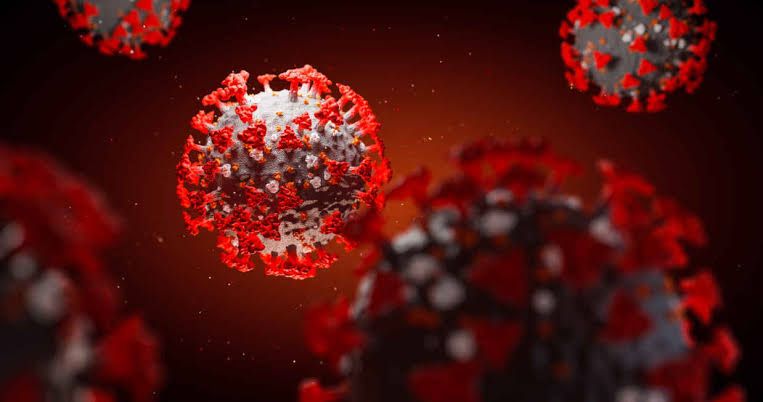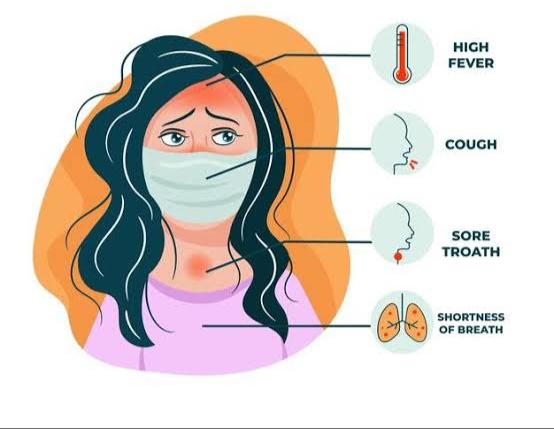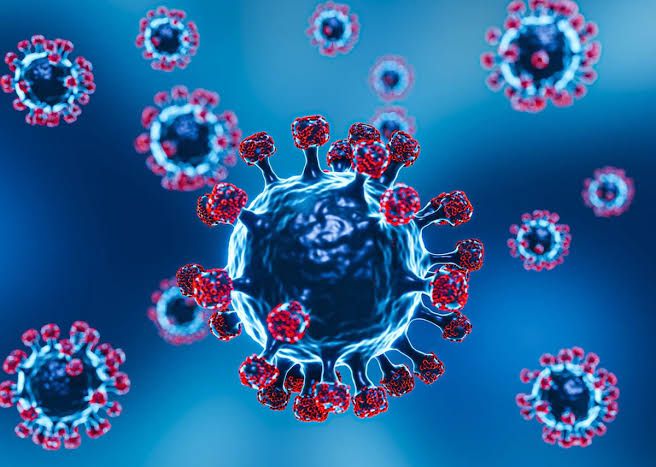New Year, New Variant
Since late 2019, the World has been battling with COVID-19. We have entered 2024 but the detection of new variants are raising concerns amid speculations around the ‘side effects’ of Covishield vaccines.
So, the Centers for Disease Control and Prevention has detected a new set of COVID-19 variants, known as FLiRT, through wastewater surveillance.
Here’s all the Information we know so far.
What is the ‘FLiRT’ variant?
The United States has identified a new variant group known as the SARS-CoV-2 FLiRT variant KP.2, stemming from the JN.1.11.1 lineage, a subvariant of Omicron variant BA.2.86. Both KP.2 and KP.1.1 are descendants of JN.1 and belong to a group of Covid-19 variants referred to as “FLiRT” variants due to their specific mutations. This variant began spreading in late December 2023 and is thought to possess increased transmissibility compared to earlier Omicron subvariants.

How did the ‘FLiRT’ variant get its name?
In the United States, in addition to the FLiRT variant, two more variants, known as KP.2 and KP.1.1, have been detected and associated with ongoing infections. These variants are named based on distinct mutations in their genetic makeup, as described by the Infectious Disease Society of America and the Centers for Disease Control and Prevention (CDC). According to the CDC, the name 'FLiRT' comes from the technical designations of specific mutations in the virus, incorporating letters such as F, L, R, and T.
Its Rapid spread is concerning
The emergence of new Covid-19 variants within the Omicron JN.1 lineage has increased transmissibility and immune resistance. The FLiRT variant, identified as KP.2, has rapidly spread in the US, accounting for approximately 25% of new sequenced cases in the two weeks leading up to April 27, 2024, surpassing the previously dominant JN.1 variant.

Can Evade Immune System?
As per reports, experts have observed that FLiRT exhibits worrying characteristics such as alterations in the spike protein, crucial for SARS-CoV-2 infection and illness. The swift emergence and evolution of the JN.1 variant and its descendant, KP.2, which demonstrate significant changes in spike protein structure and heightened resistance to current vaccines is concerning.
Similar Symptoms to other variants
The "FLiRT" variant for now, does not have any different symptoms than other variants. However it may vary from person to person.
- Fever or chills
- Cough
- Sore throat
- Congestion or runny nose
- Headache
- Muscle aches
- Difficulty breathing
- Fatigue
- New loss of taste or smell
- "Brain fog" (feeling less wakeful and aware)
- Gastrointestinal symptoms (upset stomach, mild diarrhea, vomiting)

Generally, individuals infected with COVID-19 can experience a variety of symptoms, which can range from mild to severe, and may manifest anywhere from two to 14 days following exposure.
How to Prevent it from spreading?
To prevent infection from the new variant, follow these Covid-appropriate steps:
1. Practice social distancing.
2. Wear masks in public places.
3. Use hand sanitizer regularly.
4. Avoid crowded areas.
5. Limit visitors to your home.
6. Avoid close contact with sick individuals.
7. Isolate if experiencing symptoms like high fever, sore throat, or loss of smell and taste.
8. Get vaccinated to protect yourself and the community.
9. Don't panic, but take utmost care of yourself.
10. Special attention to children, pregnant women, individuals with comorbidities, and the elderly population

In March 2024, the CDC updated its COVID-19 guidance:
1. People who test positive no longer need to isolate at home for five days.
2. Focus on actions to reduce spreading various respiratory viruses:
- Stay home when sick.
- Stay up to date with vaccines
- Practise good hygiene.
- Improve indoor air quality.

What about India?
The FLiRT variant is rapidly becoming dominant in several countries, replacing the Eris variant. Although variants like KP.2 and KP 1.1 are causing concern due to their increased infectivity, experts note that symptoms remain consistent. While India has yet to report cases of the FLiRT variant, its potential spread remains a concern given the large population. However, it's reassuring that in countries where FLiRT has spread, hospitalization rates and infection severity appear to be low, as per reports
(Inputs from Agencies)
©️ Copyright 2024. All Rights Reserved Powered by Vygr Media.






















